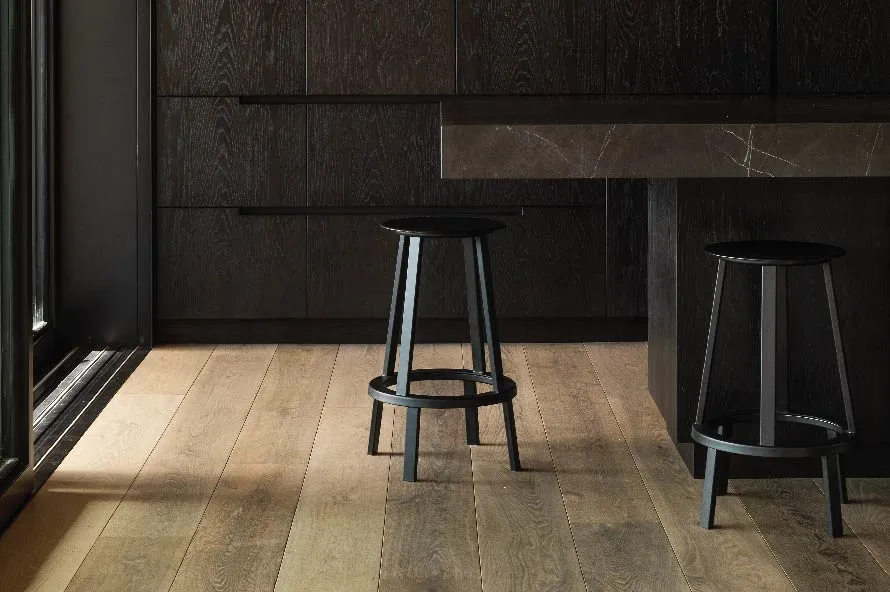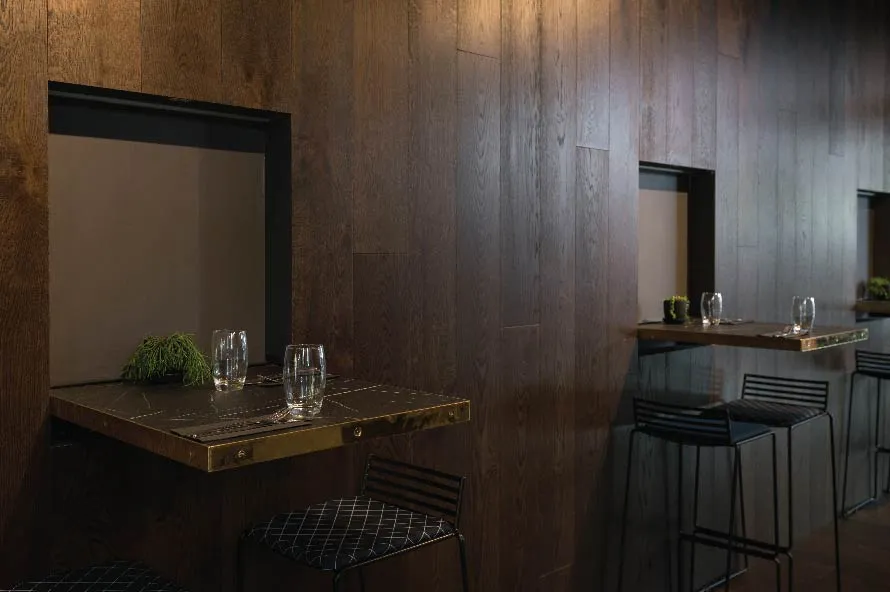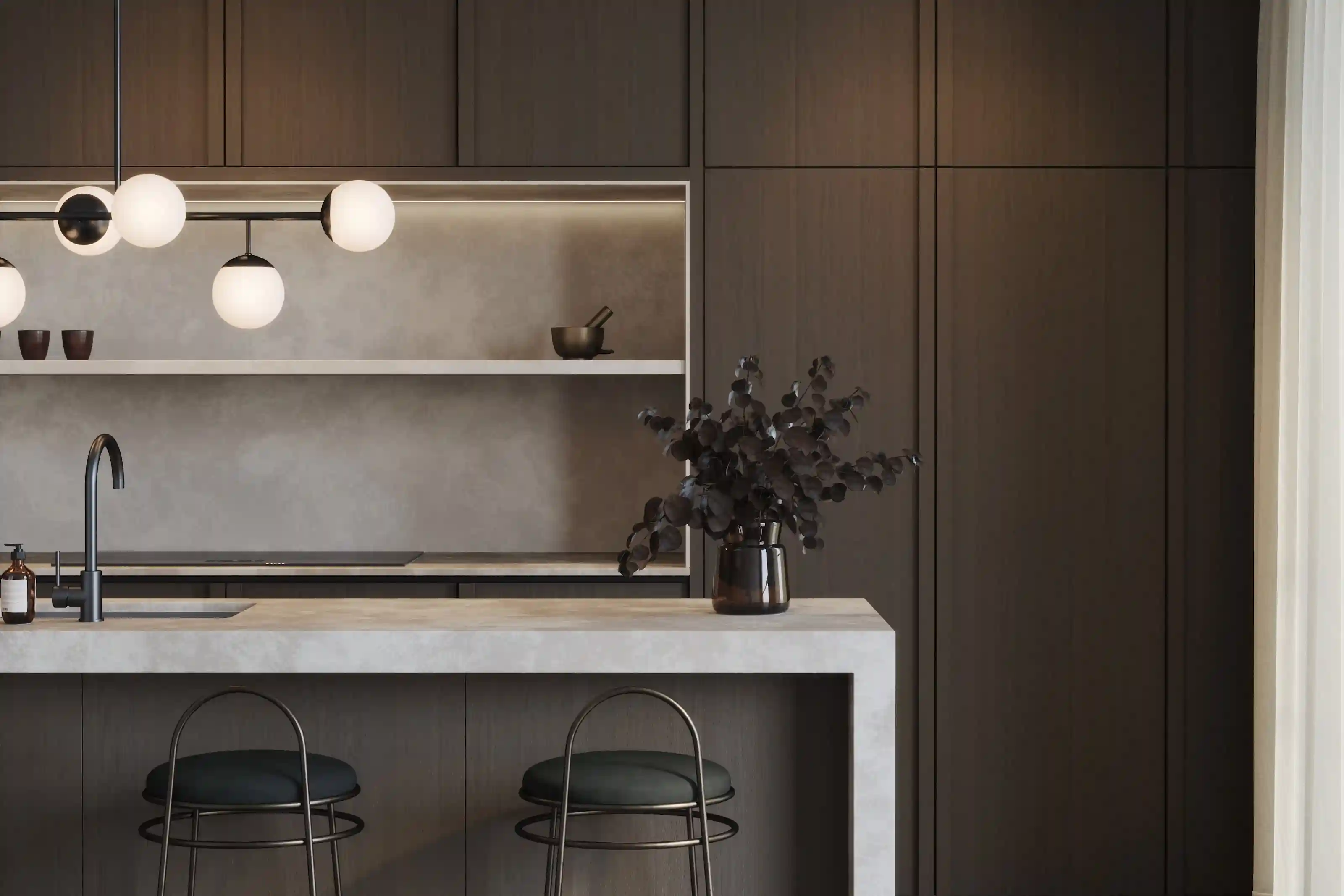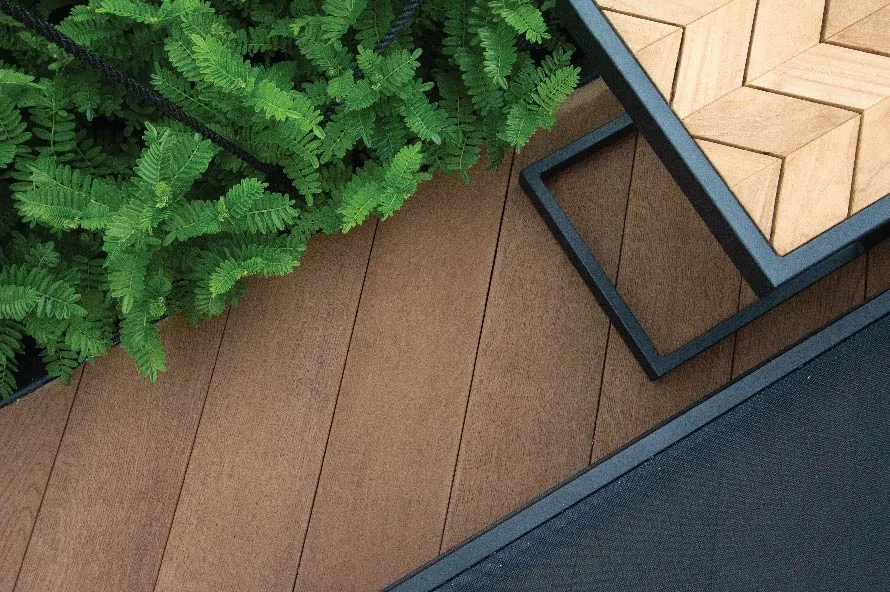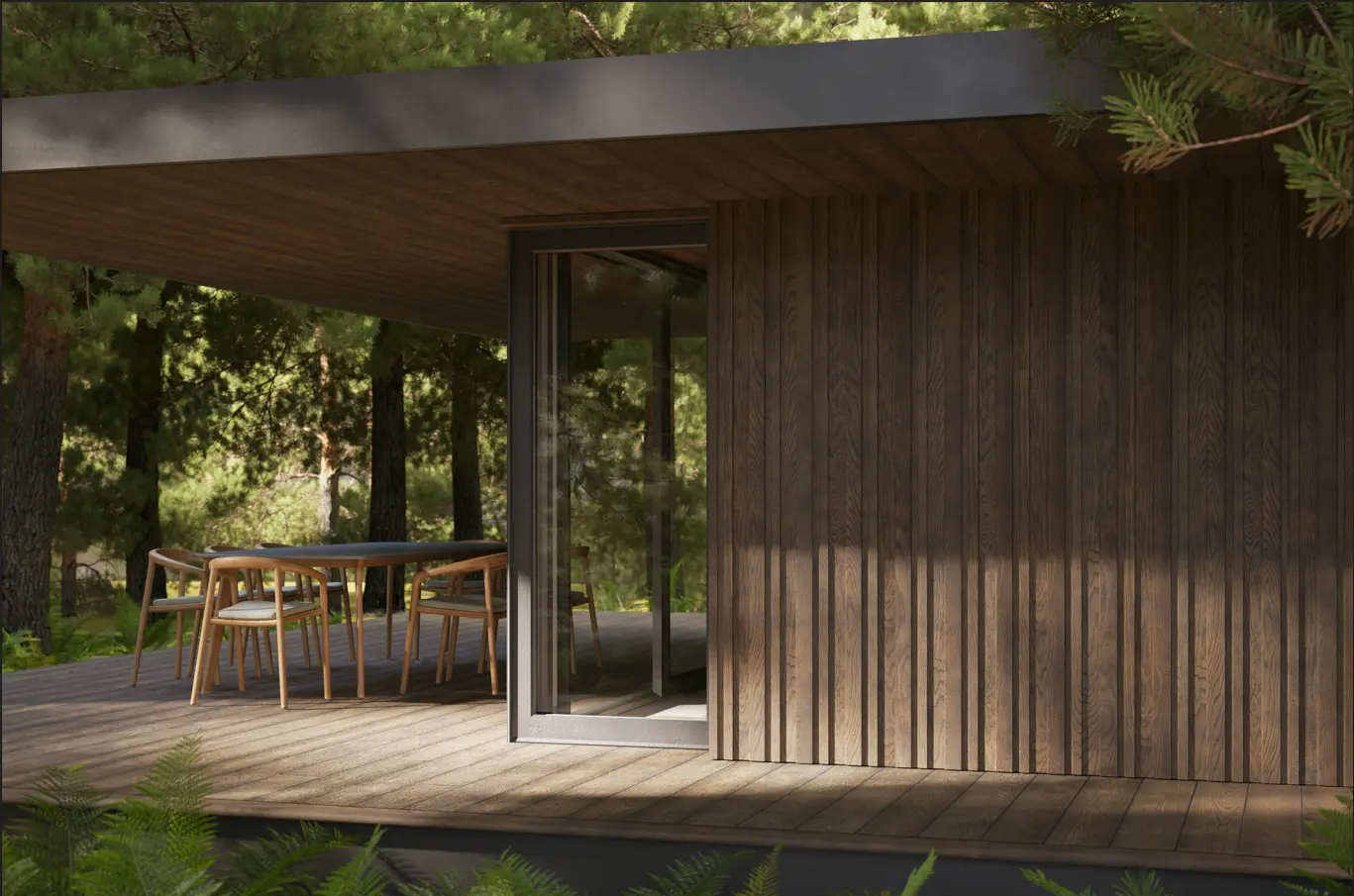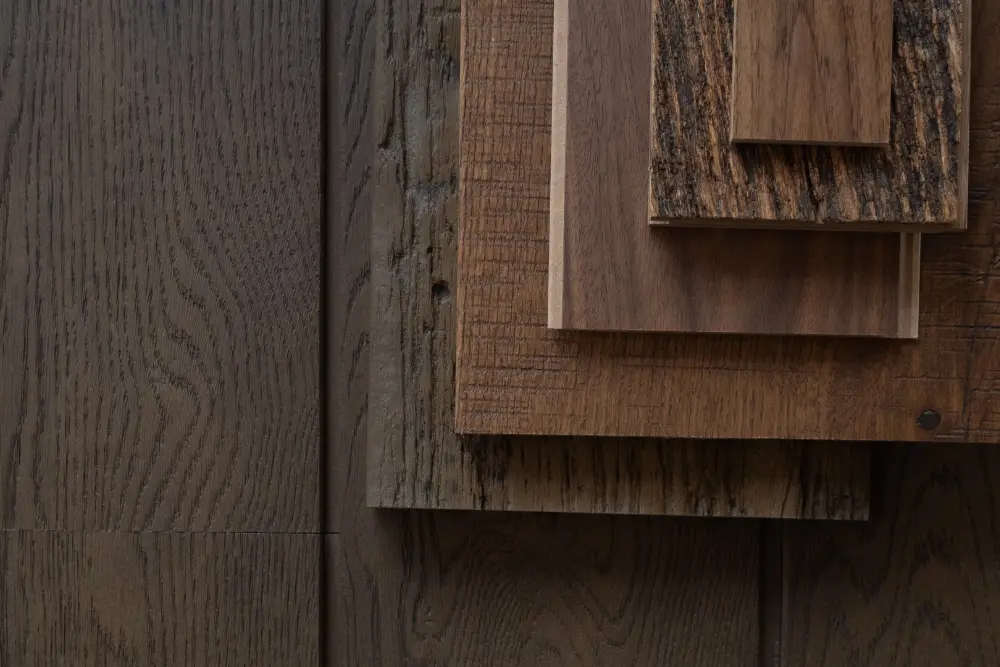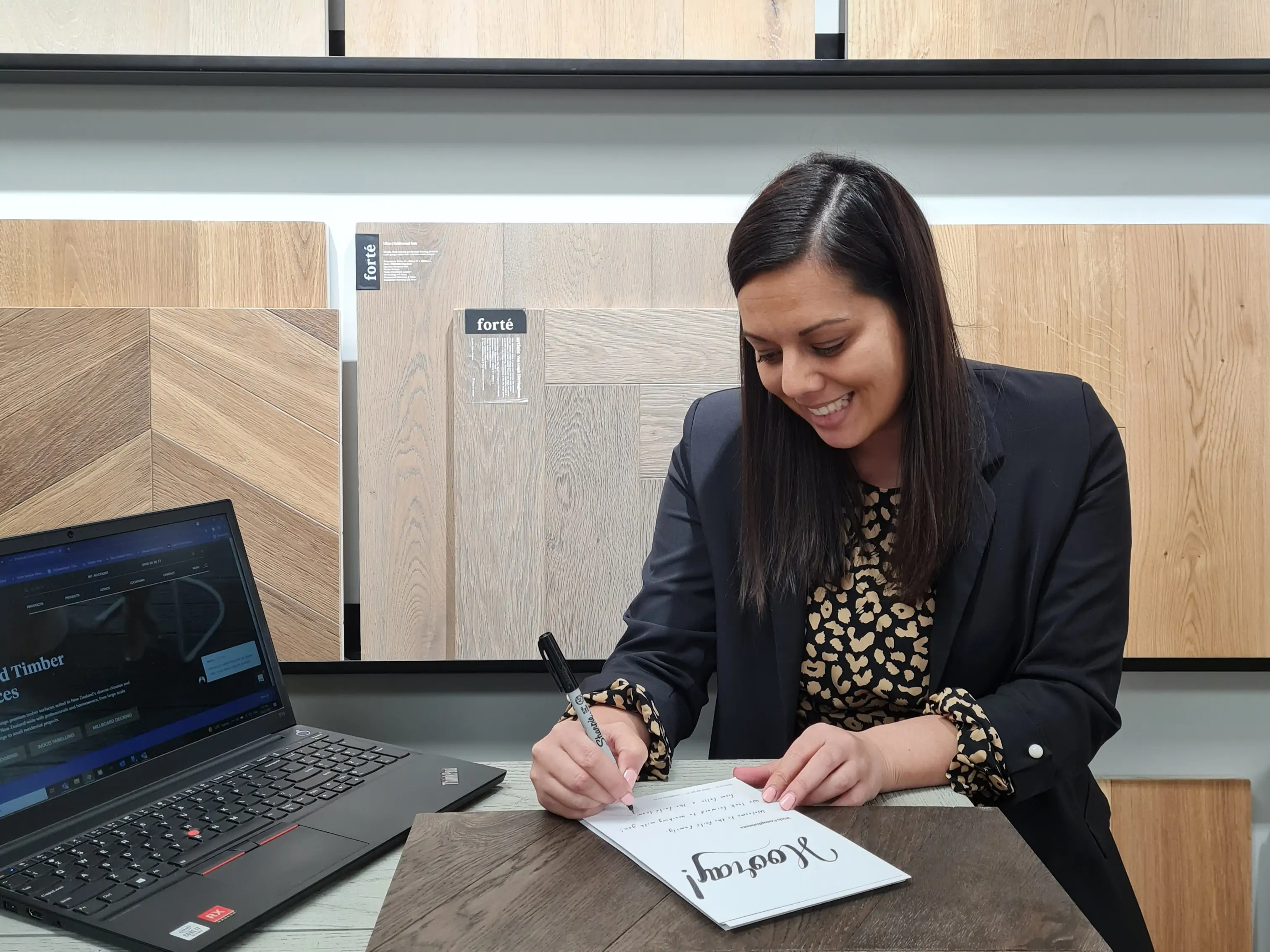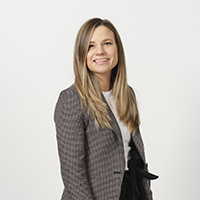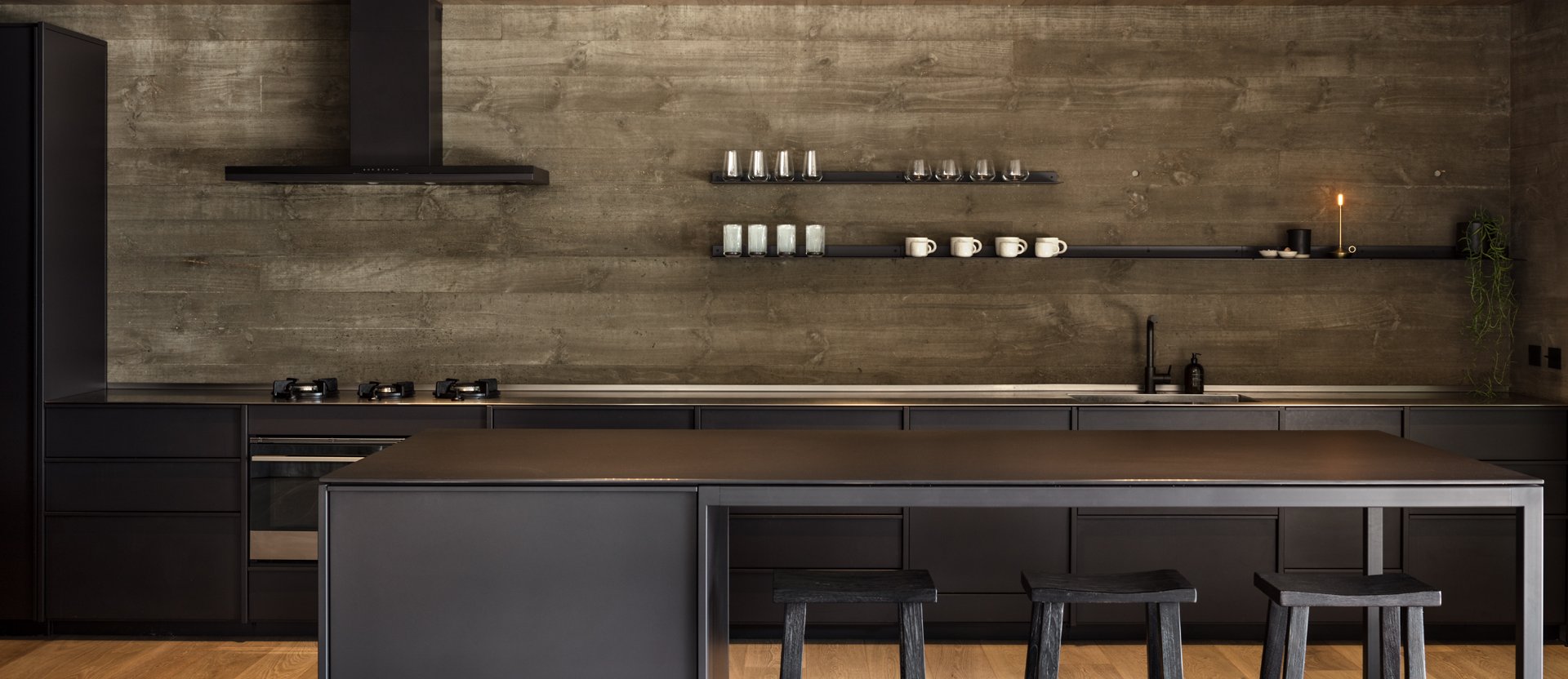
Forte Guidance to E3 Installations passed through councils
Advice | November 22, 2022
*UPDATED 22 November 2022*
Over the last year, since additional Building Code changes to E3/AS1 came into effect, councils have been pushing back on suppliers and failing their solutions to having wood flooring installed in kitchens and other wet areas of residential and commercial buildings.
The effects of this change have impacted projects being consented as professionals have been receiving RFIs (request for information) from the council for additional evidence.
We are excited to announce that multiple projects that specify our products have passed through councils across the country.
Our team has worked tirelessly over the last six months, alongside various New Zealand flooring associations, to provide Alternative Solution guidance to E3 installations.
We engaged SGS New Zealand Ltd (An IANZ accredited laboratory) to conduct independent moisture testing for all Forté timber flooring products and have passed.
We now have a compliance pathway, that has been used when specifying our wood flooring in multiple projects, passed through councils across New Zealand for;
- Single-dwelling kitchens / Laundries / WCs (Excludes bathrooms)
- Multi-dwelling kitchens / Laundries (Excludes bathrooms and WCs)
Going forward, to ensure your project gains compliance and to minimise RFIs from council, please specify within your documentation:
- “The Forté Timber Overlay Flooring System in accordance with the Forté Design Guide and the Forte Alternative Solution Guidance for Timber Flooring (E3 Installations)”
- Attach the Forté E3 Alternative Solution Package – download below
Package:
DOWNLOAD FORTE E3 ALTERNATIVE SOLUTION PACKAGE
Individual documents:
DOWNLOAD FORTE E3 ALTERNATIVE SOLUTION
DOWNLOAD FORTE DESIGN GUIDE
DOWNLOAD FORTE TIMBER OVERLAY FLOORING INSTALLATION GUIDE
Requirements For Achieving An Alternative Solution For E3 Installations:
1. Durability & Assured Maintenance
2. Impervious
3. Overflow
4. Constructed in a way that prevents watersplash
1. DURABILITY & ASSURED MAINTENANCE
The durability Requirement for “Floor Coverings - Protective or Acoustic Coverings” is 5 years.
Forté’s Durability Evidence of Compliance
In-service history
Overlay Timber Flooring has been installed in Kitchens, Laundries, and WC’s for longer than any other building materials. Forté only supplies timber flooring with Polyurethane finishes. Additional in-service history evidence:
1. Matai timber flooring that has stood up well to splashes and occasional floods over 25 years. - SOURCE: BRANZ Article ‘E3/AS1 and wet area flooring’
2. Forté have supplied thousands of timber floors for the past 20 years which have been installed in kitchens and other Wet Areas without any issue at all (Note if a major flood occurs, the flooring may need to be sanded and recoated). As these are generally private residential homes, please enquire for a specific example if required.
Laboratory testing
Forté engaged SGS New Zealand Ltd (An IANZ accredited laboratory) to conduct independent testing on the passage of moisture for all Forté timber flooring products, and all have passed this test. Please enquire for a copy of the test report(s).
2. IMPERVIOUS
Impervious is defined in the E3/AS1 Acceptable solution as “Impervious – that which does not allow the passage of moisture”. While performance clauses E3.3.3 and E3.3.5 require impervious surfaces around sanitary fixtures/appliances, there are no verification methods provided. Refer to page 11 of E3/AS1 which states “No specific methods have been adopted for verifying compliance with the Performance of NZBC E3”
The Objective (E3.1) and Functional (E3.2) requirement of E3 is to prevent illness/injury or damage through accumulation of moisture, or damage caused by free water penetration.
Forte’s Impervious Evidence of Compliance
As there are no verification methods provided to test for an impervious surface, Forté engaged SGS New Zealand Ltd (An IANZ accredited labora¬tory) to conduct independent testing on the passage of moisture for all Forté timber flooring products, and all have passed the test. Please enquire for a copy of the test report(s).
Further to the above, the Acceptable Solution as per Comment under 3.1.1 of E3/AS1 states, “Other floor finishes may also be capable of satisfying the performance for impervious and easily cleaned, if installed in a manner that prevents gaps or cracks within the finish and at any parts of its perimeter that are exposed to water splash, and/or if the surface is sealed with a suitable durable coating.”
This sentence can be broken into three parts to aid in demonstrating compliance:
- Installed in a manner that prevents gaps or cracks within the finish
We recommend a minimum D3 durability class of PVA. The D3 durability class rating means “Interior areas with frequent long-term exposure to running or condensed water. Exterior areas not exposed to weather.” Refer to EN204 for more information
To ensure the flooring is installed in a manner that prevents gaps or cracks within the finish, our Forte Timber Flooring Overlay System Installation Guide must be followed. This system requires using a water-resistant PVA adhesive in all joints (both along the length of the plank and at the ends of planks) during installation in areas containing sanitary fixtures or sanitary appliances.
- Installed in a manner that prevents gaps or cracks at any parts of its perimeter that are exposed to watersplash
To ensure the flooring is installed in a manner that prevents gaps or cracks at any parts of its perimeter that are exposed to watersplash, the Timber Flooring Overlay System Installation Guide must be followed. This system requires using an acrylic-based flexible joint filler specialised for use with timber flooring. This is to be used to seal any parts of the perimeter and any fixed items within the area (ie floor to wall junction, kitchen waste pipes) that are exposed to water splash (including a minimum of 1.5m from all sanitary fixtures and sanitary appliances in open-plan rooms as per 3.1.1 of E3/AS1).
- Surface sealed with a suitable durable coating
All timber flooring from Forté comes factory-finished with durable polyurethane (not oil) coatings with at least four layers of coating.
Polyurethane finishes have had over 50 years of in-service history in kitchens and bathrooms in New Zealand residential and commercial buildings, and provided it is maintained as per ‘normal maintenance’ requirements of B2/AS1 2.1, a quality polyurethane finish would be classified as “a suitable, durable coating”.
3. OVERFLOW
E3/AS1 2.0.1 states that overflow is required when “…accidental overflow could damage an adjoining household unit or other property”. When in effect, the overflow clause in E3/AS1 requires containment (coving of 75mm), as well as floor wastes (complying with NZBC G13).
As there are complications around the detailing of containment and floor wastes with Timber Flooring, we recommend the specifier adhere to the exemption under E3/AS1 2.0.2, which states “Household kitchen sinks and laundry tubs that have an integrated overflow with a minimum flow rate of 0.25 l/s do not require additional overflow provision…”
4. CONSTRUCTED IN A WAY THAT PREVENTS WATER SPLASH FROM PENETRATING BEHIND LININGS OR INTO CONCEALED SPACES (E3.3.6)
Forté has developed the Timber Overlay Flooring System Installation Guide, which requires the flooring to be glued to the substrate rather than ‘floated’ on top of the substrate and minimizes the natural movement of the timber.
This, combined with the joint filling requirements (as mentioned under the ‘Impervious’ point above), creates a well-designed system that is constructed in a way that prevents water splash from penetrating behind linings or into concealed spaces.
If you are currently struggling on a project and need immediate assistance in gaining compliance with council, contact your Forté area representative.

________________________________________________________________________________________________________________________________________________________________________________________________________________________________________________________________________________________________________________________
* UPDATE 18 May 2022*
This article provides information about the November 2020 change to E3/AS1 and provides guidance on how to gain compliance and submit an alternative solution for wood flooring in spaces with sanitary fixtures and appliances.
WHAT is changing?
From 5 November 2021, additional Building Code changes come into effect which impacts how wood flooring is to be specified in wet areas. This change is only relevant to timber flooring being specified in wet areas such as kitchens, bathrooms, toilets and laundries, and does not include living areas, dining spaces, hallways or front entrances.
We have had in-depth discussions with MBIE, Auckland Council, BRANZ, Masterspec, the waterproofing association and the Australasian Timber Flooring association to gather information and put together a simple but effective specification that meets the new building code requirements.
Going forward, to minimise delays or RFI's (request for information) from council, we recommend that all projects being submitted to council should include the Forté Timber Overlay Flooring System PTS in the consent documentation.
To assist specifiers with this change we have updated our Timber Overlay Flooring System, and the relevant documentation, to ensure it aligns with the new requirements. Our team will continue to meet with architects, designers, builders and our approved installers to implement the changes and ensure we have the support in place to manage the change.
Please note: Replacement of floors / walls / ceilings of an existing dwelling DO NOT need consent. More information around this can be read on page 82 in the 'Building Work That Does Not Require A Building Consent' on the www.building.govt.nz website.
If you’d like to learn more, please book a virtual or face to face education session by contacting your Territory Manager at the bottom of this article.
HOW TO SPECIFY fORTé TIMBER FLOORING IN WET AREAS?
The Alternative Solution for E3 must be used for kitchens, bathrooms, toilets and laundries of single-dwelling residential homes, as well as kitchen areas of multi-dwelling buildings such as apartments. However, on the rare occasion that the kitchen sink overflows do not comply with the requirements under 2.0.1(b) of E3/AS1, a wet area membrane must be specified beneath the wood flooring.
- Alternative Solution for E3
Glue-down installation with sealant applied as per the Forté Timber Overlay Flooring System Installation Guide.
Timber Flooring has been removed from E3/AS1 Acceptable Solution Amendment 7 and we have therefore developed an Alternative Solution for E3 which is suitable for the following;
Single-Dwelling Residential Homes (Kitchens, Bathrooms, Toilets, and Laundries)
Specify installation in accordance with the Forté Timber Overlay Flooring System Installation Guide. This guide has been updated to include the application of wet area sealant during installation in wet areas in order to create an impervious surface as required by NZBC E3.
Kitchens in Multi-Dwelling Buildings (e.g., Apartments)
Ensure kitchen sink overflows comply with requirements under 2.0.1(b) of E3/AS1. If this is not possible, then a wet area membrane must be specified beneath the wood flooring.
Specify installation in accordance with the Forté Timber Overlay Flooring System Installation Guide. This guide has been updated with requirements to apply wet area sealant during installation in wet areas in order to create an impervious surface as required by NZBC E3. - Wet Area Membrane
Install a wet area membrane beneath the wood flooring
For Bathrooms, Toilets, and Laundries in Multi-Dwelling Buildings (e.g., Apartments)
A wet area membrane system must be specified beneath the area where the timber flooring is to be installed. Please refer to the Forté Timber Flooring Overlay System Design Guide for more information.
Floor areas covered under E3
As per the NZBC Clause E3, the areas are defined as floor surfaces of any space containing sanitary fixtures or sanitary appliances such as kitchens, bathrooms, laundries and toilet facilities. While kitchens are the most popular area for installing wood flooring, the upcoming change to the amendment will see flooring surfaces under the Acceptable Solution limited to common linings and finishes such as ceramic tiles, sealed or polished concrete floors (slab on grade) and waterproof sheet material with sealed joints. It is important to note that the change in amendment will have no effect on wood flooring being installed in living areas, dining spaces, hallways and front entrances.
Products that may not meet the new requirements
When specifying timber flooring in wet areas, the below products are unlikely to meet the requirements in order to achieve an Alternative Solution for the E3 clause of the building code:
- Timber Floors with oil and hard wax coatings may not satisfy the impervious requirements. Oil finishes are designed to be absorbed into the timber, allowing it to breathe, which leaves a minimal build-up of coating on the surface. We therefore advise that timber products be specified with a Polyurethane finish, which seals the surface, as opposed to an oil finish which does not.
- We advise to specify a glue down installation method as opposed to floating. Floating floors are designed to allow for the natural movement of timber, making it difficult to seal around the perimeter without causing issues. It would therefore be difficult to prevent watersplash from getting underneath the flooring which is a requirement in the Building Code E3.3.6.
Note: Our Forté Timber Overlay System Installation Guide only includes a glue down installation method.
Forté is currently working on a codemark which will streamline the specification process, in the meantime please use the information in this article as guidance to gaining compliance and putting forward an alternative solution. If you need more information or assistance, please reach out to one of our Territory Managers who can help walk you through the specification.
GRATTON MCCALLUM |
WILL GREEN |
COURTNEY WILSON |
LARISSA LYNCH |

